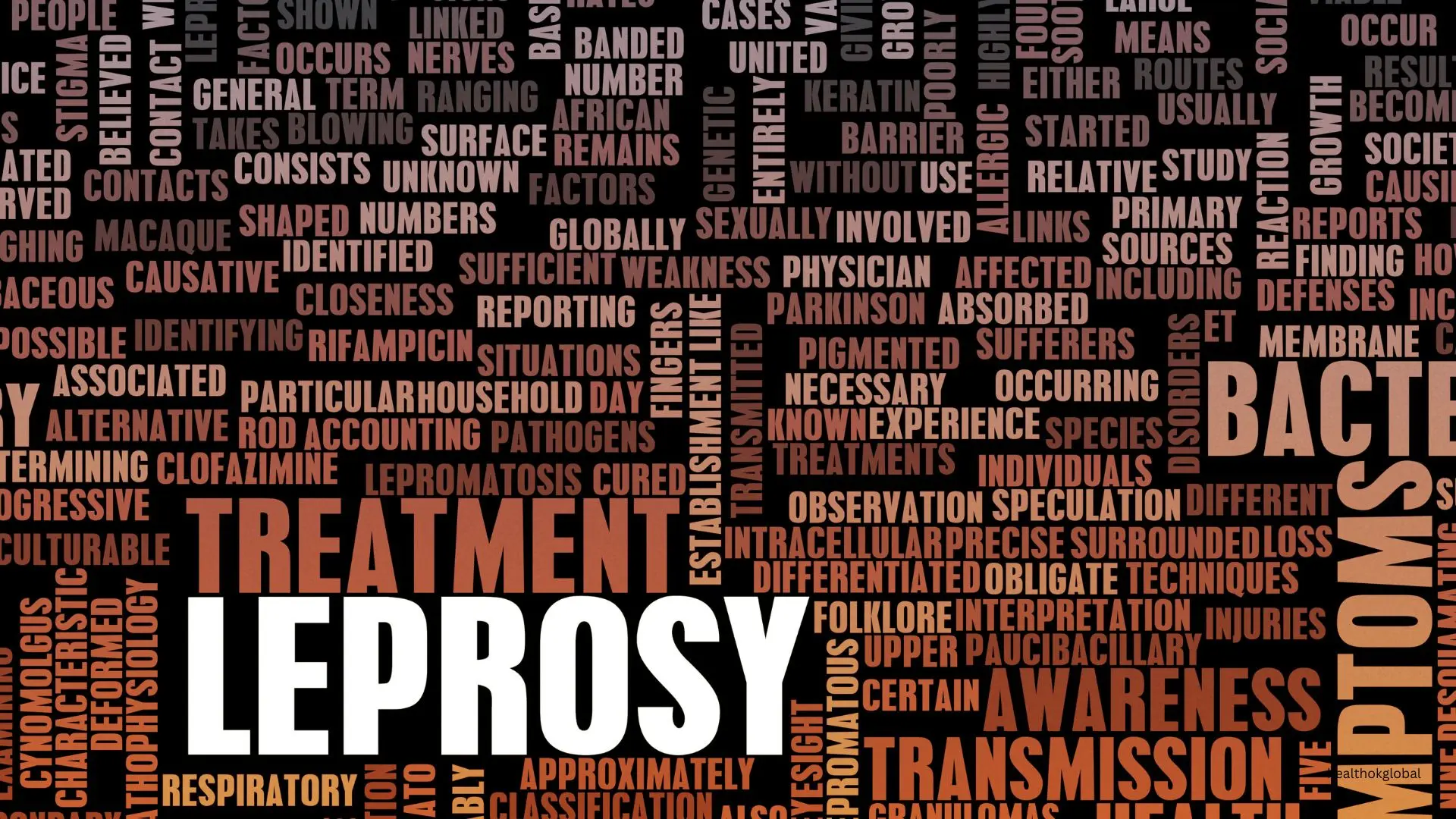Eye flu, also known as viral conjunctivitis, is a common and highly contagious eye infection.

Blog
Comprehensive Guide to How to Treat Eye Flu: Symptoms, Treatment, and Prevention
Eye flu, also known as viral conjunctivitis, is a common and highly contagious eye infection. It is caused by viruses such as adenoviruses and can spread rapidly through direct or indirect contact with an infected person's eye secretions. Eye flu can cause significant discomfort and affect daily activities. This comprehensive guide covers the symptoms, treatment options, and preventive measures for eye flu, helping you manage and prevent this infection effectively.
Eye flu, or viral conjunctivitis, is characterized by the inflammation of the conjunctiva, the thin, transparent membrane that lines the white part of the eye and the inside of the eyelids. It is important to understand the different aspects of eye flu to manage it effectively.
Recognizing the symptoms of eye flu is crucial for early diagnosis and treatment. Common symptoms include:
One of the most noticeable symptoms is redness in the white part of the eye, which occurs due to the inflammation of blood vessels.
Eye flu often causes a watery discharge that may become more pronounced in the morning, leading to crusting around the eyelids.
Patients may experience itching, burning, or a gritty feeling in the eyes, making it difficult to keep the eyes open.
Increased sensitivity to light (photophobia) is common, and bright lights may exacerbate discomfort.
Swelling of the eyelids can occur, leading to puffiness and discomfort around the eyes.
Temporary blurred vision may occur due to excessive tearing or discharge.
Accurate diagnosis is essential for effective treatment. Diagnosis typically involves a comprehensive eye examination and a review of the patient's symptoms and medical history. In some cases, laboratory tests may be conducted to identify the specific virus causing the infection.
While there is no specific antiviral treatment for eye flu, several measures can help alleviate symptoms and prevent complications. Treatment primarily focuses on providing symptomatic relief and preventing the spread of the infection.
Applying cold compresses to the eyes can help reduce redness, swelling, and discomfort. Use a clean, damp cloth and apply it to the closed eyelids for 10-15 minutes several times a day.
Over-the-counter artificial tears can help relieve dryness and irritation. Use preservative-free artificial tears to avoid further irritation.
If there is crusting on the eyelids, warm compresses can help soften and remove the crust. Gently clean the eyelids with a warm, damp cloth.
Avoid touching or rubbing the eyes to prevent further irritation and reduce the risk of spreading the infection.
Ensure proper eye hygiene by washing hands frequently and avoiding sharing personal items like towels, pillows, and makeup.
In some cases, medical intervention may be necessary to manage eye flu symptoms effectively. While antiviral medications are not typically prescribed for viral conjunctivitis, other treatments may be recommended based on the severity of the symptoms.
For patients experiencing significant itching and irritation, antihistamine eye drops can help reduce allergic symptoms.
In severe cases with excessive inflammation, a healthcare provider may prescribe steroid eye drops to reduce inflammation. These should only be used under medical supervision.
If a secondary bacterial infection is suspected, antibiotic eye drops may be prescribed to prevent or treat bacterial superinfection.
Preventing the spread of eye flu is crucial to avoid infecting others and re-infecting oneself. Here are some preventive measures to consider:
Wash your hands frequently with soap and water, especially after touching your face or eyes.
Do not share towels, pillows, makeup, or eye drops with others.
Clean eyeglasses and sunglasses regularly to remove any potential contaminants.
Regularly disinfect frequently touched surfaces such as doorknobs, light switches, and countertops.
Avoid wearing contact lenses while experiencing symptoms of eye flu to prevent further irritation and potential complications.
If you must wear contact lenses, ensure they are properly cleaned and disinfected before each use.
Stay home from work, school, or public places while experiencing symptoms to prevent spreading the infection to others.
Use tissues to wipe away discharge and dispose of them properly. Wash your hands immediately after.
Consume a balanced diet rich in fruits, vegetables, and whole grains to support a strong immune system.
Engage in regular physical activity to maintain overall health and enhance immune function.
Ensure you get enough restful sleep each night to support your body's natural defense mechanisms.
While eye flu often resolves on its own within one to two weeks, certain situations require medical attention. Seek medical help if:
If symptoms worsen or do not improve after a few days, consult a healthcare provider.
If you experience severe pain, increased redness, or sensitivity to light, seek medical advice immediately.
If you notice significant changes in vision, such as blurriness or difficulty seeing, contact an eye care professional.
If you suspect a secondary bacterial infection, as indicated by thick yellow or green discharge, seek medical treatment.
Eye flu, or viral conjunctivitis, is a common and contagious eye infection that can cause significant discomfort. Understanding the symptoms, practicing good hygiene, and using home remedies and medical treatments can help manage the infection effectively. Preventive measures are essential to avoid spreading the infection to others. While eye flu typically resolves on its own, seeking medical help is important if symptoms worsen or complications arise. By following these guidelines, you can effectively treat eye flu and maintain good eye health.
While eye flu often resolves on its own within one to two weeks, certain situations require medical attention. Seek medical help if:
Eye flu, or viral conjunctivitis, is characterized by the inflammation of the conjunctiva, the thin, transparent membrane that lines the white part of the eye and the inside of the eyelids. It is important to understand the different aspects of eye flu to manage it effectively.
Recognizing the symptoms of eye flu is crucial for early diagnosis and treatment. Common symptoms include:
Need Personalized Health Guidance?
Get expert advice tailored to your specific health needs from our qualified healthcare professionals.




